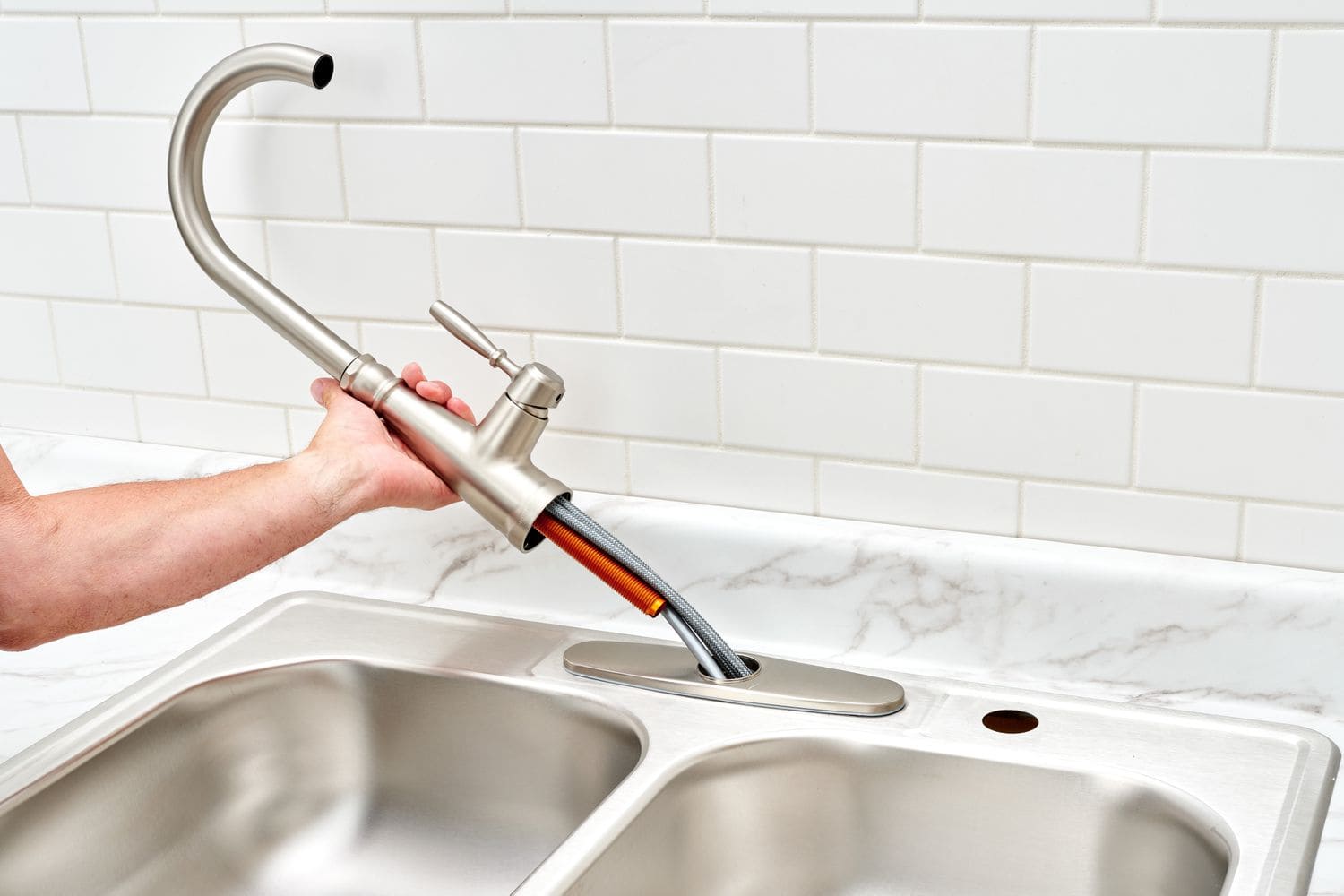Introduction:
Double sink plumbing is a common feature in modern kitchens and bathrooms, providing convenience and functionality. Understanding the intricacies of the plumbing system is crucial for homeowners and DIY enthusiasts. In this comprehensive guide, we will delve into the world of double sink plumbing, accompanied by a detailed step-by-step diagram.
Components of Double Sink Plumbing:
Before we dive into the diagram, let’s familiarize ourselves with the key components of a double sink plumbing system.
- Sinks:
- Start with quality sinks that have two separate basins, allowing for simultaneous use.
- Drains:
- Each sink should have its dedicated drain line to ensure efficient drainage.
- Traps:
- Traps prevent sewer gases from entering the living space. Double sinks typically have individual traps for each basin.
- Tailpieces:
- These vertical pipes connect the sink drain to the trap.
- Waste Lines:
- Waste lines carry the water and waste from the traps to the main drain or sewer line.
Step-by-Step Diagram of Double Sink Plumbing:
- Sink Installation:
- Begin by installing the two sinks in the desired location, ensuring they are level and secure.
- Connect Drain Lines:
- Connect the drain lines from each sink to their respective traps. Use PVC pipes and fittings for durability.
- Install Traps:
- Attach individual traps to each drain line. Ensure the traps have cleanouts for easy maintenance.
- Connect Tailpieces:
- Connect the tailpieces to the sink strainer and the trap. Use slip-joint nuts to secure the connections.
- Waste Line Connection:
- Connect the waste lines from both traps to a central waste pipe or directly to the main sewer line.
- Ventilation:
- Ensure proper ventilation by connecting a vent pipe to the waste line. Ventilation prevents siphoning and allows air to flow through the system.
- Check for Leaks:
- Before finalizing the installation, check all connections for leaks. Tighten any loose fittings and apply plumber’s tape if necessary.
Common Issues and Troubleshooting:
- Clogs:
- Double sinks are susceptible to clogs. Use a plunger or plumbing snake to clear blockages in the drain lines.
- Leaks:
- Leaks may occur at joints or connections. Inspect the system regularly and address any leaks promptly.
- Odors:
- If unpleasant odors arise, it may indicate a problem with the traps. Ensure the traps are filled with water to create a barrier against sewer gases.
Conclusion:
Double sink plumbing, when installed correctly, adds efficiency and convenience to your kitchen or bathroom. This comprehensive guide, accompanied by a step-by-step diagram, equips you with the knowledge needed to tackle double sink plumbing projects confidently. Regular maintenance and prompt troubleshooting will ensure a smoothly functioning plumbing system for years to come.





